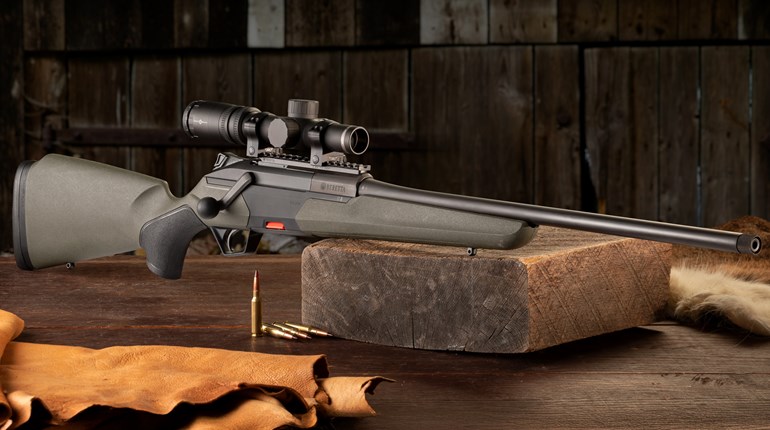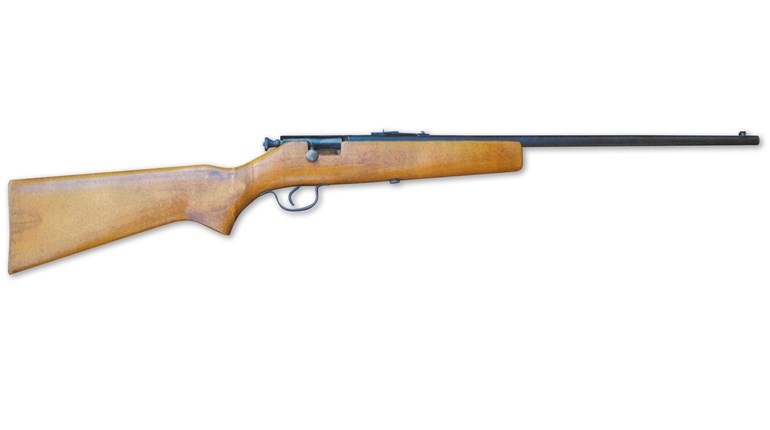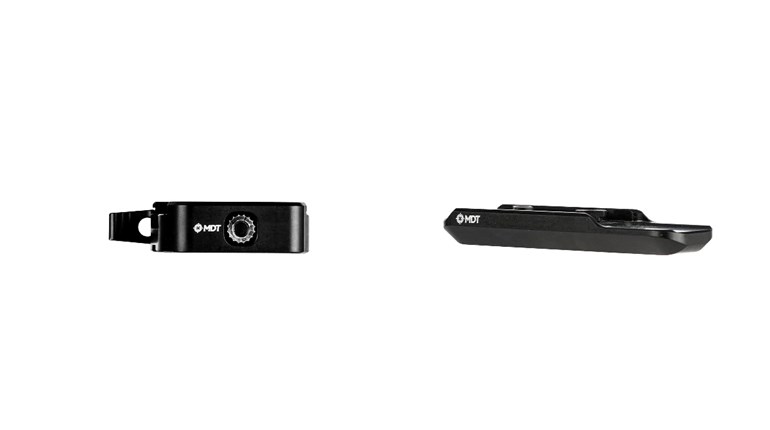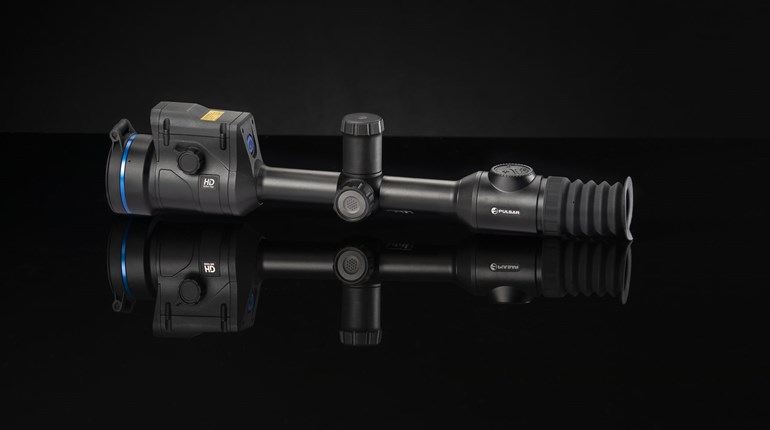
Vintage Military Rifle competitors and NRA members have an unusual opportunity to buy military surplus Krag-Jorgensen rifles from the Civilian Marksmanship Program. The U.S. Army released about 800 of the 1890s-era bolt-action rifles to CMP, which is selling them on a first come, first served basis. Intriguingly, among them may be examples of quite scarce Krags.
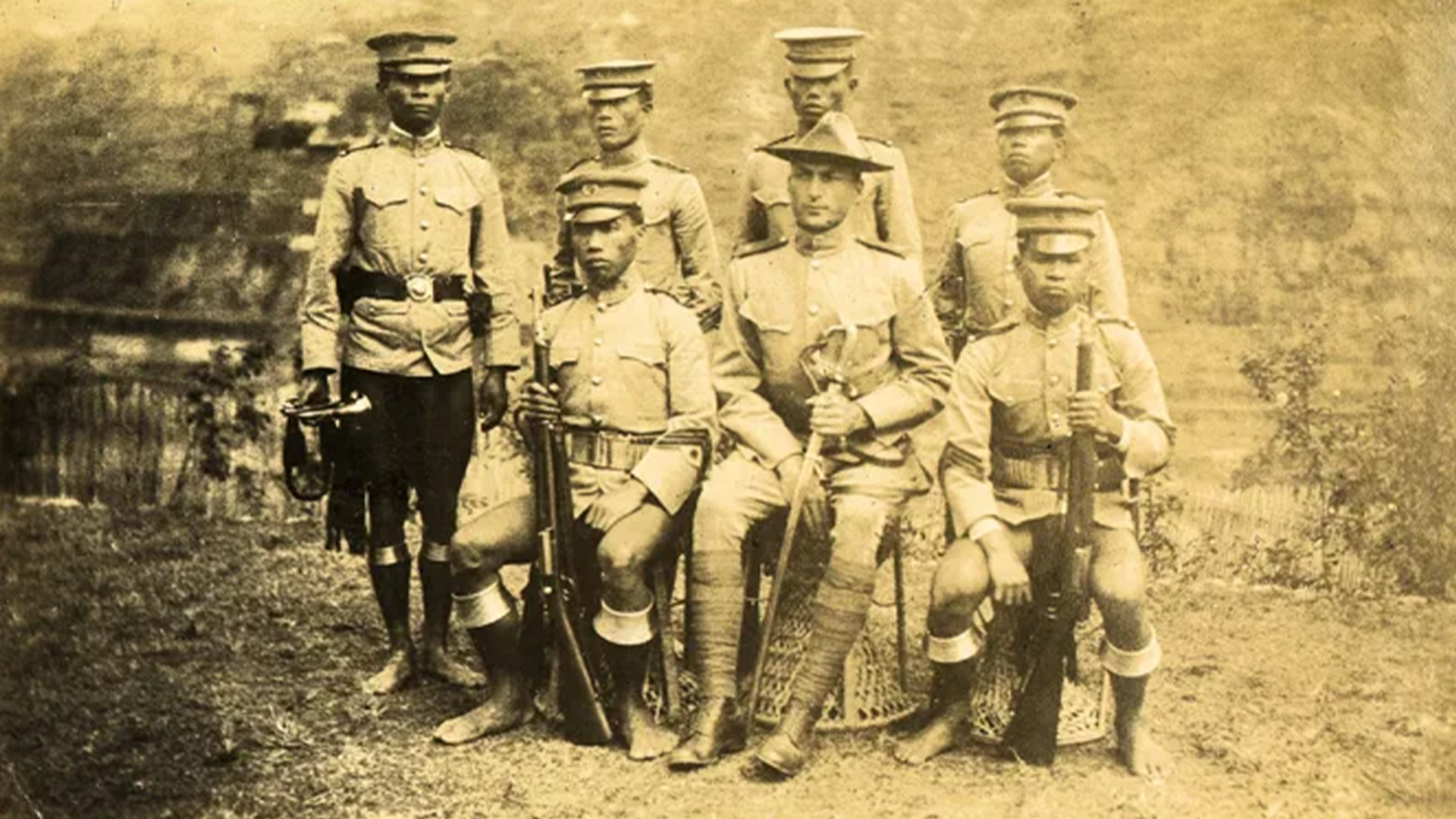
CMP has divided its 800 Krag-Jorgensen rifles into three categories, all of them in about NRA “Fair Condition.” First are the standard rifles with 30-inch barrels, little finish and possibly cracked stocks. The second category is composed of Krags that have been “finished in chrome or nontraditional finish,” with stocks that may be painted, stained or unfinished. The third category is comprised of rifles that “have had barrels cut to a shorter length but are not carbines,” some of which have been chromed. These shorties are the intriguing ones.
Unknown Origin?
There’s a convoluted process between CMP, the U.S. Army, the State Department and foreign governments in bringing back to the U.S. the hundreds of thousands (millions?) of military firearms loaned abroad since the early 20th century. When repatriated, the Army then transfers eligible milsurp firearms to CMP in accordance with CMP’s government charter to sell milsurp firearms in support of its mission.
In addition to foreign governments, the U.S. Army has traditionally loaned military surplus rifles to veterans’ groups as “parade rifles” to be carried during ceremonies and parades. Some groups embellish the rifles by chrome plating them, and that practice indicates the source of some of CMP’s Krags, which CMP has been quietly acquiring from the U.S. Army for more than a decade. “Most all the Krag rifles currently moving through our system have been received back from domestic veteran’s organizations over the past 10 to 12 years,” CMP Chief Product Officer Chris Hord said in an email exchange.
Most, but not all, and CMP’s short Krags are a bit of a puzzle, because CMP doesn’t know where the Army got them, and 800 rifles pose too big a project to segregate into classifications to suit the curious and the collector.
“The short rifles in our inventory take on several different configurations, but of course none are true ‘carbines,’” Hord said. “Ultimately, the complexity of categorizing and segregating by nuance seemed too daunting, hence our decision to release [the Krags] in a single and generic category.”
Some U.S. Krag-Jorgensen carbines were originally manufactured with 22-inch barrels and issued to mounted troops and artillerymen, but CMP’s short-barrel Krags, as CMP noted, are not configured like original carbines, as CMP’s shorties have the rifles’ bayonet lug front band that’s not found on carbines, and they lack the carbine’s abbreviated stock. Yet barrels on the short CMP Krags do appear to be 22 inches in length. So, what are they?
The Philippine Connection
Connecting a few conjectural dots, some of these short Krags may be Philippine Constabulary carbines. The Philippine Constabulary was an indigenous military force with civilian law enforcement authority, originally formed in 1901 to aid the U.S. Army in counterinsurgency warfare and in 1991 morphing into the Philippine National Police. At around 1906, Chief of the Philippine Constabulary U.S. Army Captain Henry T. Allen armed his troops with shortened Krag-Jorgensen rifles, variously called Philippine Constabulary rifles and, more frequently, Philippine Constabulary carbines.
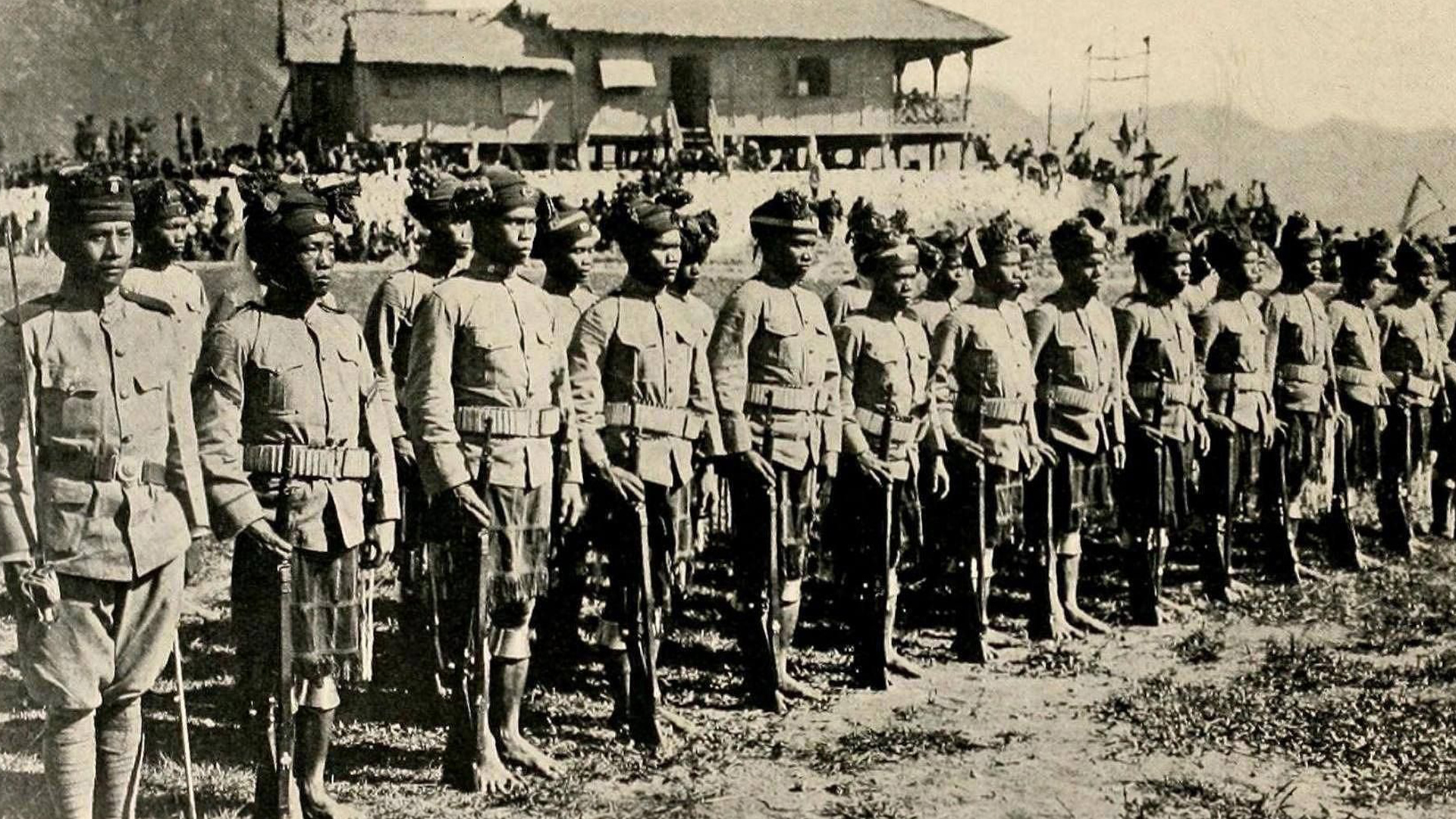
Officially designated, “U.S. Magazine Carbine, Caliber .30, Model 1899, Altered for Knife Bayonet and Gun Sling,” Model 1899 Krag carbines were modified to become short rifles for the benefit of physically smaller people, such as young cadets and high school students—and many Filipinos. Modification included lengthening the stock fore-end, installing an upper hand guard and attaching the Krag rifle’s front barrel band that accepts a bayonet.
Between 1906-1916, Springfield Armory and Rock Island Arsenal produced about 3,371 altered carbines as “school guns” for young cadets in American schools, and these may comprise some (or all) of CMP’s short rifles. For the Philippine Constabulary, the U.S. military at the Manila Ordnance Facility also made nearly 5,000 of the modified carbines. Those made in Manila frequently differ in sights and handguards from those made at Springfield Armory and Rock Island Arsenal. At least one of CMP’s short Krags appearing in a CMP photo does appear to differ in that respect, and Hord’s comment about the many short Krags showing “several different configurations,” supports the conjecture that some may have come from the Philippines.
The general NRA “Fair Condition” of the Krags are another clue. Like many of the Philippine M1 Garands, the CMP Krag receivers are pitted and bores are dark, both attributable to long exposure to and storage in a humid, tropical environment like the Philippines. Consider also that CMP recently acquired and is selling M1 Garands previously loaned to the Philippines and repatriated to the U.S. Army; it is a reasonable assumption that Krag Philippine Constabulary carbines may have been included with the returned Philippine Garands. According to Hord, CMP did not receive any Krags along with Garands from the U.S. Army, but it’s still possible the Philippine government returned some Krags to the U.S. Army along with some Garands, and the Army turned the Krags over to CMP in a separate process.
As an aside, there are historical photos showing Philippine Constabulary troops armed with Trapdoor Springfields and M1903 Springfield rifles; one might wonder about the disposition (and condition) of those rifles, as well. If still extant, they may have been purchased by the Philippine government and so are not subject to repatriation. Still, it makes for an intriguing buried treasure conjecture.
The “U.S. Magazine Carbine, Caliber .30, Model 1899, Altered for Knife Bayonet and Gun Sling” is among the more scarce American Krag-Jorgensens, and so if CMP can confirm provenance that its short Krags are indeed Philippine Constabulary carbines, they hold special collector interest despite their “Fair” condition. CMP says all of its salable Krags check good with a Field gauge and have been test fired.
“Once this inventory of bolt-action rifles is exhausted the CMP does not expect to have further supply,” CMP posted on its website.
Qualified individuals can purchase a limit of six bolt-action rifles from CMP. In addition to the usual expected requirement for firearms purchase, buyers must be members of a CMP affiliated club and must have competed in a CMP-sanctioned match. For more information, visit CMP’s Krag-Jorgensen Rifle Sales website.














